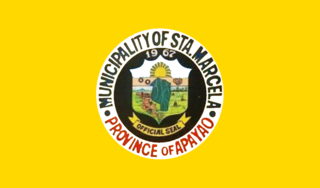
Santa Marcela, officially the Municipality of Santa Marcela, is a 4th class municipality in the province of Apayao, Philippines. According to the 2020 census, it has a population of 13,317 people.

Aguinaldo, officially the Municipality of Aguinaldo, is a 2nd class municipality in the province of Ifugao, Philippines. According to the 2020 census, it has a population of 21,128 people.

Bucloc, officially the Municipality of Bucloc, is a 6th class municipality in the province of Abra, Philippines. According to the 2020 census, it has a population of 2,395 people.

Danglas, officially the Municipality of Danglas, Municipal District of Danglas, is a 5th class municipality in the province of Abra, Philippines. According to the 2020 census, it has a population of 4,074 people.
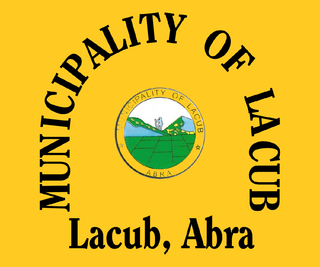
Lacub, officially the Municipality of Lacub, is a 5th class municipality in the province of Abra, Philippines. According to the 2020 census, it has a population of 3,612 people.
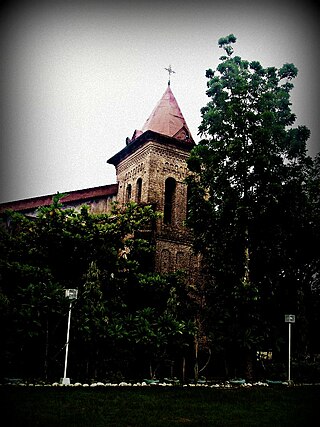
Lagangilang, officially the Municipality of Lagangilang, is a 5th class municipality in the province of Abra, Philippines. According to the 2020 census, it has a population of 14,914 people.

Langiden, officially the Municipality of Langiden, is a 5th class municipality in the province of Abra, Philippines. According to the 2020 census, it has a population of 3,576 people.

Pilar, officially the Municipality of Pilar, is a municipality in the province of Abra in the Cordillera Administrative Region of the Philippines. The population was 10,146 at the 2020 census.

Sallapadan, officially the Municipality of Sallapadan, is a 5th class municipality in the province of Abra, Philippines. According to the 2020 census, it has a population of 6,389 people.

Barlig, officially the Municipality of Barlig is a 5th class municipality in the province of Mountain Province, Philippines. According to the 2020 census, it has a population of 4,796 people.
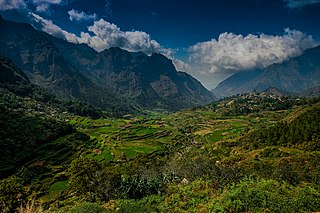
Bakun, officially the Municipality of Bakun,, is a 3rd class municipality in the province of Benguet, Philippines. According to the 2020 census, it has a population of 14,535 people.

Alfonso Lista, formerly known as Potia, officially the Municipality of Lista is a 3rd class municipality in the province of Ifugao, Philippines. According to the 2020 census, it has a population of 34,061 people.

Asipulo, officially the Municipality of Asipulo is a 5th class municipality in the province of Ifugao, Philippines. According to the 2020 census, it has a population of 15,963 people.

Banaue, officially the Municipality of Banaue is a 4th class municipality in the province of Ifugao, Philippines. According to the 2020 census, it has a population of 20,652 people.

Hingyon, officially the Municipality of Hingyon is a 5th class municipality in the province of Ifugao, Philippines. According to the 2020 census, it has a population of 9,930 people.

Hungduan, officially the Municipality of Hungduan is a 4th class municipality in the province of Ifugao, Philippines. According to the 2020 census, it has a population of 8,866 people.

Kiangan, officially the Municipality of Kiangan is a 4th class municipality in the province of Ifugao, Philippines. According to the 2020 census, it has a population of 17,691 people.
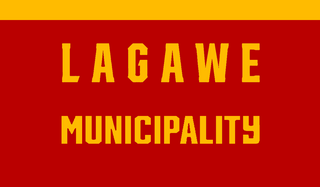
Lagawe, officially the Municipality of Lagawe is a 4th class municipality and capital of the province of Ifugao, Philippines. According to the 2020 census, it has a population of 18,876 people.
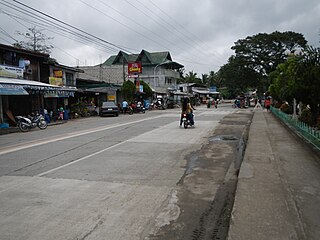
Lamut, officially the Municipality of Lamut is a 4th class municipality in the province of Ifugao, Philippines. According to the 2020 census, it has a population of 26,235 people.

Tinoc, officially the Municipality of Tinoc is a 4th class municipality in the province of Ifugao, Philippines. According to the 2020 census, it has a population of 18,475 people.
























